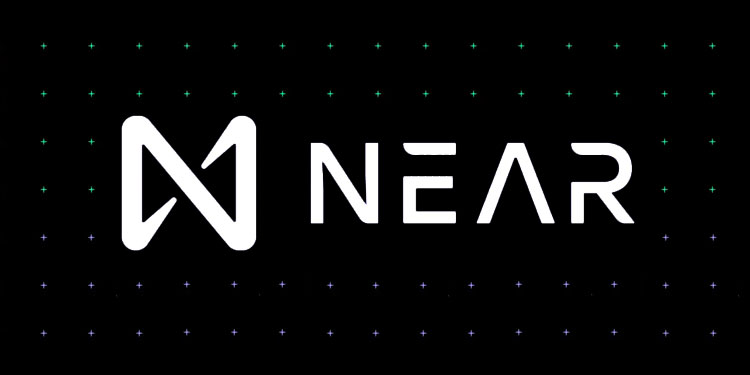
NEAR Data Availability (NEAR DA): A Game-Changer for Ethereum Rollups
The NEAR Foundation officially unveiled the NEAR Data Availability (NEAR DA) layer on November 8, marking a substantial advancement in the data availability landscape for developers venturing into Ethereum rollup projects. This development has garnered support from notable early adopters, including Madara by StarkNet, Caldera, Fluent, Vistara, Dymension, and Movement Labs. NEAR DA’s introduction capitalizes on NEAR’s established reputation as a secure and reliable blockchain platform, boasting an impressive record of 100% uptime over the past three years.
Elevating Web3 Development with Cost-Efficiency
NEAR DA is engineered to offer Ethereum rollups an efficient and economical solution for scaling the network while minimizing costs. It serves as a scalable layer-one network that not only provides reliability but also stands out for its cost-effectiveness. According to the NEAR Foundation, posting rollup data on NEAR can be approximately 8,000 times cheaper than posting the same data on Ethereum.
This significant cost differential opens up new opportunities for Web3 founders and developers exploring the modular blockchain landscape. Ethereum L2 projects can leverage NEAR DA to continue building on the Ethereum network without incurring the exorbitant costs associated with posting data. Moreover, high-quality projects aiming to launch application chains or L2 solutions can benefit from NEAR DA’s negligible and predictable gas fees, creating an environment conducive to building more accessible applications for end-users.
To put the cost-effectiveness of NEAR DA into perspective, as of September 2023, posting 100KB of calldata on Ethereum’s Layer 1 for optimistic rollups would cost approximately US$26. In stark contrast, posting the same data on the NEAR Protocol would incur a mere US$0.003 in expenses. The substantial savings made possible by NEAR DA can be passed on to the user base, allowing projects to remain interconnected with the broader Ethereum ecosystem.
NEAR’s Vision for Web3 Adoption
Illia Polosukhin, the co-founder of NEAR Protocol, emphasized that offering a data availability layer to Ethereum rollups underscores the versatility of NEAR’s technology. Additionally, it aids founders within the Web3 ecosystem in delivering outstanding products that drive mainstream adoption of the Open Web.
With a track record of more than three years of uninterrupted service, NEAR Protocol has positioned itself as a reliable choice for projects seeking secure data availability while keeping costs in check. By integrating NEAR DA into their tech stack, developers gain access to cost-effective solutions, regardless of the specific blockchain they are building on. This now includes the Ethereum modular blockchain landscape, reaffirming NEAR’s commitment to supporting a diverse range of Web3 developers.
By embracing a modular approach and offering data availability, NEAR extends its portfolio to deliver a versatile blockchain development framework. This approach empowers Web3 developers and founders to continue building on Ethereum while leveraging NEAR’s state-of-the-art technology for a specific part of their stack, aligning with their project’s unique requirements.
Expanding the Open Web Stack
NEAR DA’s introduction significantly broadens the capabilities of the company’s Open Web Stack, which serves as a common entry point for both developers and users to effortlessly build, explore, and discover Web3 products and platforms. This includes the streamlined onboarding process with FastAuth, enabling users to create accounts within seconds without the need for crypto knowledge or seed phrases. Moreover, NEAR facilitates the creation of decentralized frontends using a vast library of thousands of components, further enhancing the Web3 experience.
In summary, the NEAR Data Availability Layer introduces a cost-effective and reliable solution for Ethereum rollups, revolutionizing the Web3 landscape. NEAR’s commitment to affordability and scalability is set to accelerate the adoption of Web3 technologies and enhance the overall user experience in the decentralized web.